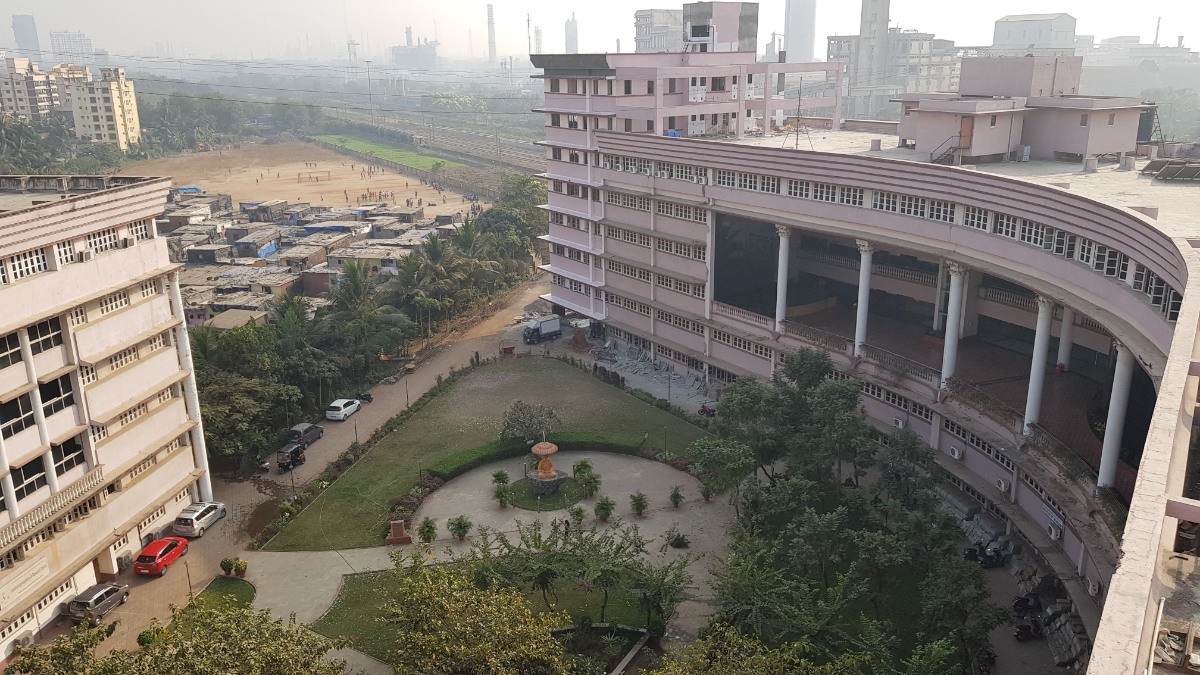Across centuries, architecture has served as a tangible expression of cultural identity and values. Diverse geographical and climatic conditions have significantly shaped architectural design, as evident in India’s traditional and vernacular architecture. Examples include the Himachali Kath-Kuni Houses in the Himalayas, constructed with stone and timber to withstand the cold climate, and the Bhungas in Kutch, Gujarat, designed to combat the arid desert climate.
Traditional houses in Kerala utilise locally available materials such as wood and coconut palm leaves, featuring sloping roofs to endure heavy monsoon rains. In contrast, the havelis of Rajasthan boast intricate jharokhas and courtyards, providing respite from the scorching desert heat.
Another significant factor shaping India’s architectural landscape is the country’s rich history. Over the centuries, India has been ruled by various dynasties and empires, each leaving behind a distinctive architectural legacy. For instance, the Dravidian style of architecture in South India is characterized by towering gopurams and intricately carved pillars, exemplified in temples like the Brihadeeswarar Temple in Thanjavur.
Architecture, as a reflection of human culture, is deeply influenced by the diverse cultures across the globe. From the ancient civilizations that laid the first stones to the bustling cities of today, our architectural heritage narrates the story of our shared humanity, woven with threads of traditions, beliefs, and ways of life. By exploring the influences of various cultures, climates, and historical epochs on Indian architecture, we gain insight into the intricate connections between cultural diversity and the art of architectural design, thus enhancing our appreciation of the world we inhabit.
Varanasi, one of the oldest continuously inhabited cities in the world, reflects its deep spiritual and cultural significance. The city’s ghats, such as the Dashashwamedh Ghat and the Manikarnika Ghat, showcase distinctive architectural elements and serve as sacred sites for rituals and ceremonies. Additionally, Varanasi’s narrow winding streets, adorned with ancient temples and traditional homes, showcase a unique blend of architectural styles. These architectural treasures contribute significantly to India’s diverse and rich architectural heritage, further highlighting the profound impact of history on architectural design.
Moreover, globalization has encouraged a fusion of architectural styles, represented by the National War Memorial in New Delhi. This memorial seamlessly blends traditional Indian architecture with modern design, symbolising heritage, and contemporary expression. Inspired by Captain Vikram Batra’s words, it embodies the essence of rebirth.
Situated near the India Gate, it retains the central axis of the Rajpath, connecting with the Yudhpath. The Circle of Sacrifice honors 25,700 war heroes, while the Circle of Protection offers a serene space with 690 trees. The Circle of Bravery and Circle of Immortality further enrich the history, showcasing bravery and immortalizing sacrifice. This blend of tradition and innovation reflects the spirit of globalization in architecture.
In addition to cultural influences, architectural design is increasingly shaped by social and environmental considerations. Architects are exploring innovative approaches to sustainability, integrating principles of green design and passive solar strategies to minimize environmental impact.
Furthermore, there is a growing emphasis on designing inclusive and accessible spaces that cater to diverse social and cultural needs. From barrier-free designs for individuals with disabilities to culturally sensitive housing solutions for migrant communities, architects’ endeavour to create built environments that promote equity, diversity, and social cohesion.
Looking ahead, the influence of cultural diversity on architectural design is expected to continue evolving in response to shifting demographic patterns, technological advancements, and global challenges.
Architects will continue to draw inspiration from diverse cultural traditions and respond to the environmental and climate change concerns by embracing cutting-edge technologies and materials to create sustainable and resilient built environments. Moreover, there is a growing recognition of the importance of community engagement and participatory design processes in shaping the future of architecture, ensuring a sustainable human habitat is achieved keeping cultural diversity.
The influence of cultural diversity on architectural design is profound and multifaceted, shaping the built environment in ways that reflect the richness and complexity of human culture. By embracing cultural diversity and promoting cross-cultural dialogue, architects can create inclusive and socially responsible spaces that celebrate the diversity of the human experience.


